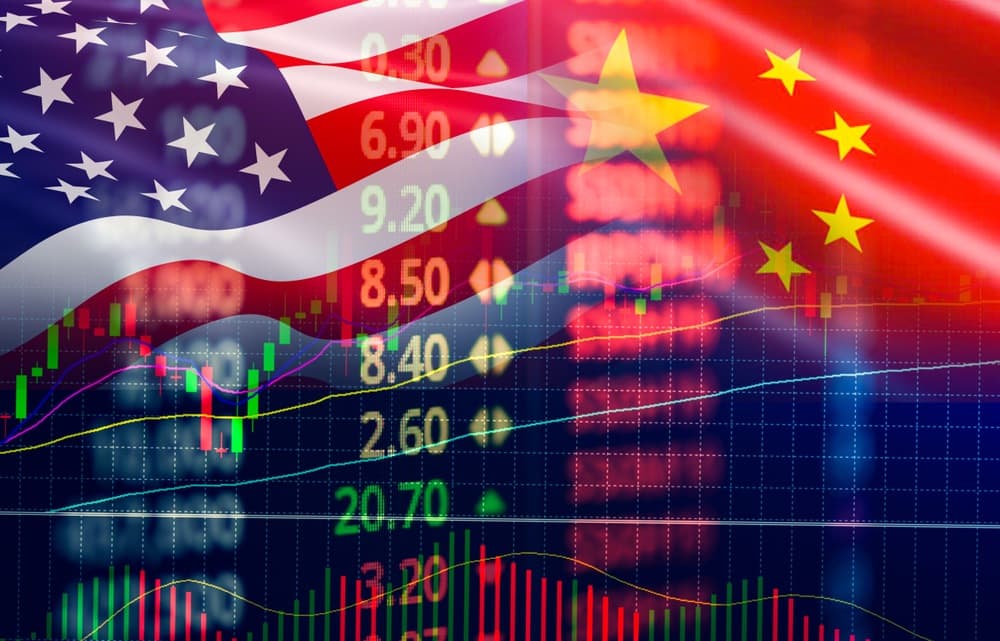
Gold is up 171% versus the U.S. dollar since 2019.
There’s a genuine bull market in place here – 35% year to date.
More importantly, gold has now sustained above its inflation-adjusted high:

Adjusted for inflation, gold is finally making new highs (Source: Bloomberg)
Gold’s peak of $800 back in 1980, adjusted for inflation, clicks in at $3,500 per ounce, making gold’s break above $3,600 the first all-time high in real, inflation-adjusted terms, in 44 years.
And retail investors have barely noticed.
The gold rally is but one reaction to persistent inflation — and this Terrifying Bull Market. Is not too late to buy.
~ Addison
P.S.: We see further upside in gold for several reasons — central bank buying, soaring M2 money supply… a global crisis in government debt… the endgame for global fiat… geopolitical concerns.
We’re experiencing the return of a 1970s-style macro environment. Gold could hit $10,000 by the end of the decade… and still have room to run. For a reasoned approach, check out our full research on the topic here.
If you have any questions for us about the market, send them our way now to: feedback@greyswanfraternity.



